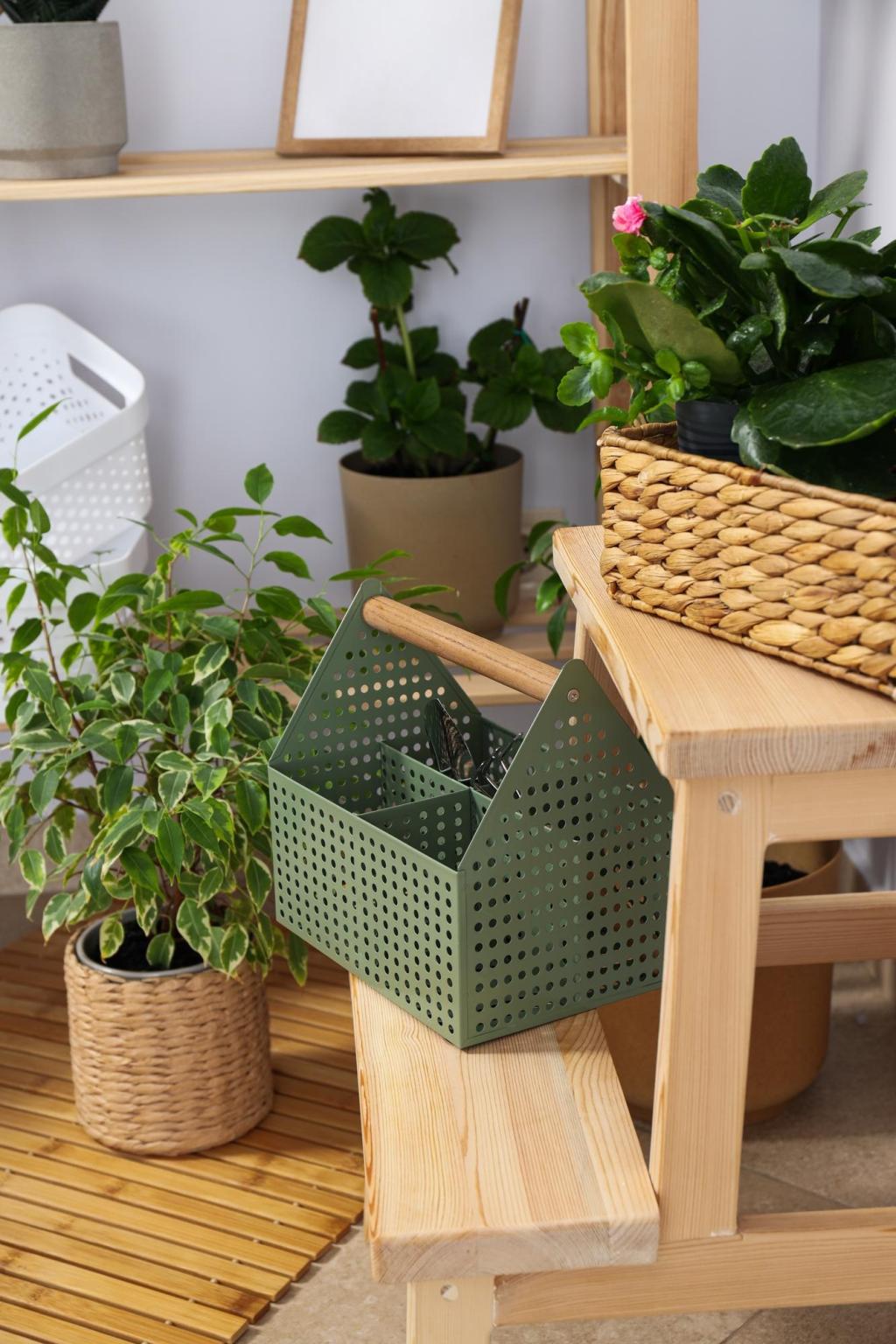Recycled Elements in Contemporary Interior Design
The integration of recycled elements in contemporary interior design has transformed the landscape of modern living spaces. This approach champions sustainability while delivering unique visual and tactile experiences. By repurposing materials and incorporating them into homes and commercial spaces, designers are redefining aesthetics, reducing environmental impact, and crafting interiors with compelling narratives that speak to both resourcefulness and style.
The Aesthetic Appeal of Recycled Materials
Salvaged Wood and Its Warmth
Salvaged wood finds new life in contemporary interiors as flooring, wall cladding, and custom furniture. Its natural patina, formed by years of previous use, brings warmth and authenticity to otherwise minimalist spaces. Designers often highlight the imperfections—knots, nail holes, and weathered grains—to celebrate the wood’s journey. This focus on origin and texture transforms every plank into a focal point, imbuing interiors with a sense of continuity between past and present. Such applications demonstrate that sustainability and sophistication need not be mutually exclusive.
Repurposed Metal for Industrial Flair
Repurposed metals introduce an industrial edge to today’s interiors. Vintage pipes can become innovative light fixtures or shelving brackets, while old machinery parts are cleverly transformed into artful tables or wall décor. These rugged materials offer durability and visual interest without compromising the sleek lines favored in contemporary design. The juxtaposition of cool metal against soft furnishings or warm woods creates dynamic spaces that feel fresh and energized, while the commitment to resourcefulness enhances the overall design ethos.
Upcycled Furnishings as Statement Pieces
Upcycled furnishings are increasingly making their mark as statement pieces within modern homes and commercial settings. From chairs reupholstered with rescued fabrics to cabinets constructed from reclaimed architectural elements, these unique items draw attention and spark conversation. Their bespoke nature ensures that no two pieces are exactly alike, allowing homeowners to express individuality and environmental consciousness simultaneously. Upcycled furniture thus serves both functional and expressive roles in contemporary design environments.
Sustainability and Environmental Benefits
One of the most significant advantages of utilizing recycled materials in interiors is the reduction of landfill waste. Items that would otherwise contribute to environmental harm are given a second life in the form of stylish décor or functional objects. Designers proactively seek out sources of discarded materials—such as old barn beams or decommissioned industrial parts—to divert them from the waste stream. This conscious effort fosters a cycle of reuse that benefits the environment and sets a standard for responsible design.
Innovation and Creative Expression
Adaptive Reuse in Architecture
Adaptive reuse involves transforming obsolete or abandoned structures into new, functional spaces while respecting their original character. Exposed brick, reclaimed timber beams, and industrial remnants are preserved and celebrated as vital features. Such conversions—factories into lofts, warehouses into galleries—not only conserve materials but also provide a unique canvas for designers to test the limits of creativity. The fusion of historical context with modern aesthetics results in unforgettable interiors that pay homage to both origin and innovation.


Mixed-Material Compositions
Contemporary interiors often blend an array of recycled elements—from wood and metal to glass and textile—in inventive ways. This mix-and-match philosophy defies rigid style conventions, giving rise to highly personalized environments. By experimenting with combinations and unexpected pairings, designers transform everyday objects into artwork, emphasizing harmony amidst diversity. The freedom to mix materials elevates recycled design beyond simple reuse, turning it into a sophisticated expression of artistry.
